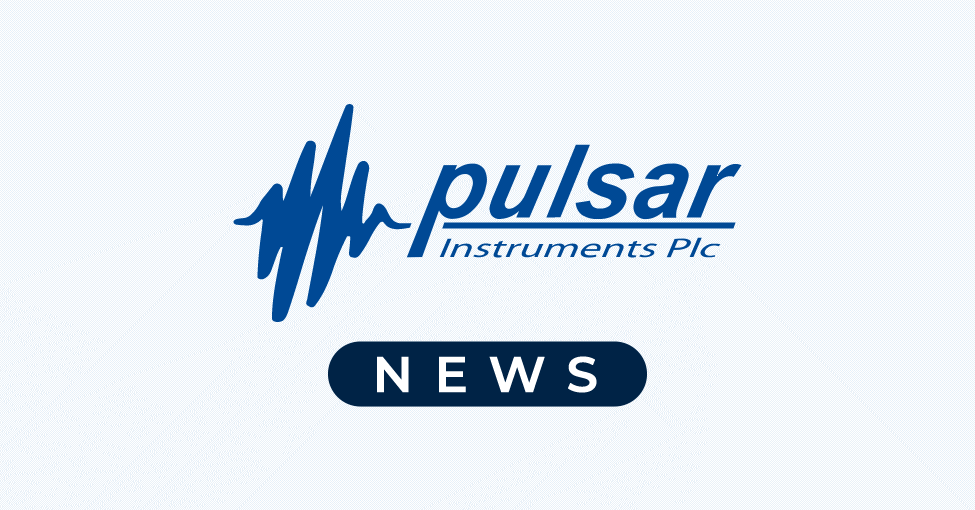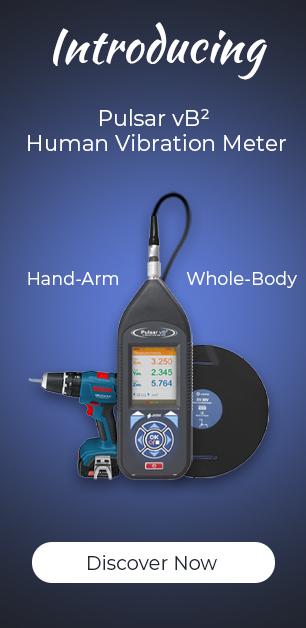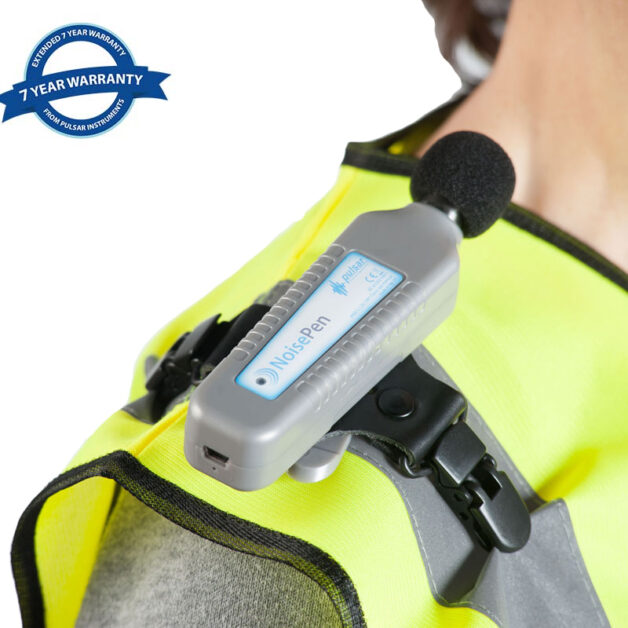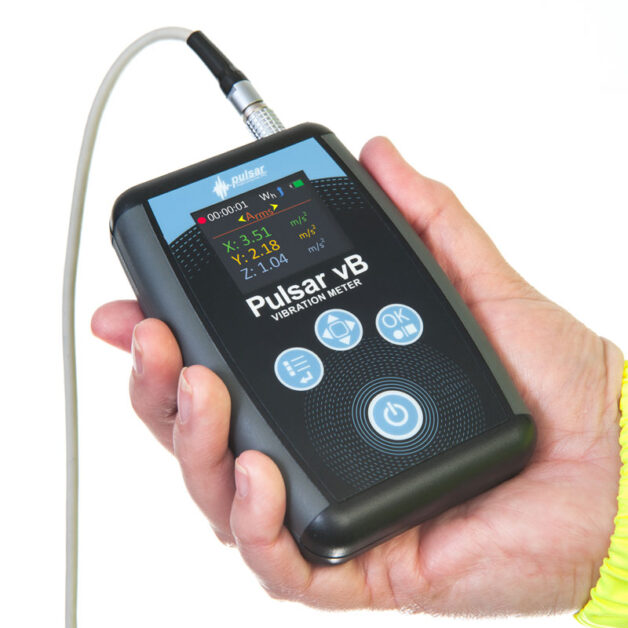Noise can be very disturbing, particularly if you operate a plant with heavy machinery and power tools and the work involves the movement of vehicles and deliveries of materials. The Control of Noise at Work Regulations (2005) in the UK and other noise legislation around the world exist to ensure that workers do not suffer damage to their hearing. As such, any effort to controlling noise risk and noise exposure in a work environment should be focused in their approach and be systematic.
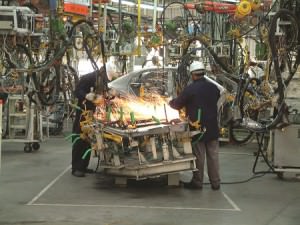
Wherever there is noise in a work environment you, as the employer or the person in charge of health and safety, should be looking at alternative processes, equipment and/or working methods which would render the work quieter or mean people are exposed to harmful noise levels for reduced periods of time. You should also be keeping up with what is good practice or the standard for noise control in your industry.
Where there are things that can be done to reduce risks from noise that are reasonably practicable, they should be implemented. However, where noise exposures are below the lower exposure action value of 80dB(A), risks are deemed low and so you will only be expected to take actions which are relatively inexpensive and simple to carry out.
Where a noise assessment shows that employees are likely to be exposed at or above the upper exposure action value of 85dB(A), you must implement a planned programme of noise control.
The assessment will have produced enough evidence on the risks and information to devise an action plan for controlling noise.
You should use any findings to:
- Tackle the immediate risk such as by providing hearing protection
- Identify the possible solutions available to you to control noise, how much reduction (in decibels) could be achieved and what is reasonably practicable
- Establish priorities for action and a timetable (e.g consider where there could be immediate benefits, what changes may need to be introduced over a longer period of time and the number of workers exposed to the noise in each case)
- Decide who, at work, will deliver the various parts of the plan
- Verify that the plan is carried out
- Review the effectiveness of the plan
Any action should include considerations of:
- Other working methods
- Choice of appropriate work equipment emitting the least possible noise such as electric as opposed to diesel
- The design and layout of workplaces, work stations and rest facilities
- Suitable and sufficient Information, instruction and training
- Reduction of noise by technical means such as enclosures
- Appropriate maintenance programmes
- Reduction of time and intensity of exposure
- Appropriate work schedules including job rotation with defined rest periods
Here is a flowchart produced by the HSE summarising what needs to be done by employers like you under the Control of Noise at Work regulations which you may find useful. A larger version is available from the HSE Guidance on regulations.
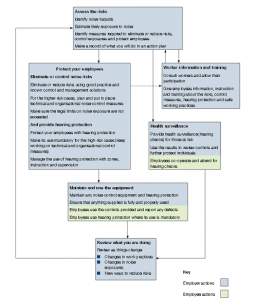
Further reading on workplace noise control and The Control of Noise at Work Regulations
For more information on how to manage noise at work, visit the HSE’s website. Alternatively, you can download our free employers’ guide to controlling workplace noise.
We hope this article has given you a good overview of what is required of you as an employer or safety professional to avoid noise becoming a danger. Please contact us on 01723 518011 to discuss your noise measurement requirements further.
